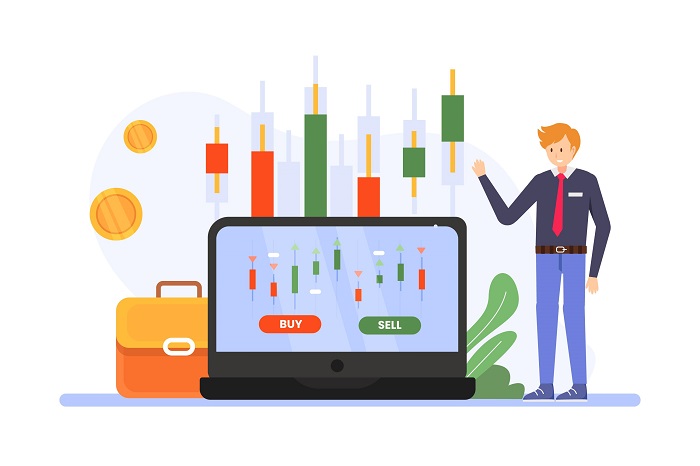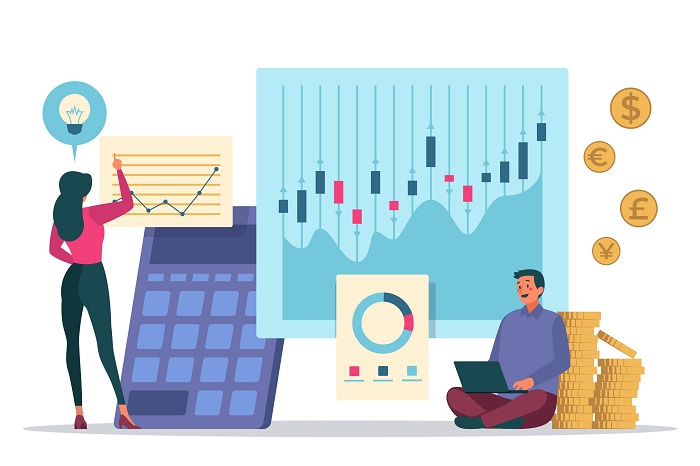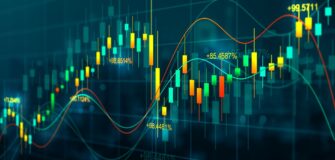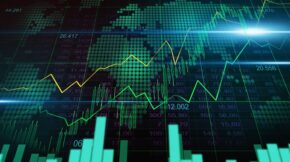Forex Predictions: How To Predict the Forex Market

Predicting how the Forex market will move is not an easy task but with the available tools and resources, traders have more opportunity to try to predict forex movements and exchange rates.
On what basis can we predict the movement of the market? Let’s find out.
What is Forex?
Before we proceed, we need to answer the question – what is the Forex market? Simply put, It is a global decentralized market for trading currencies. Moreover, it is the largest market in the world, processing trillions of dollars worth of transactions every day. The key participants in it are international banks, hedge funds, commercial companies, various central banks and, of course, retail FX brokers and investors.
Forex Predictions
Forecasting in FX means predicting current and future market trends by utilizing existing data and different facts. Being an analyst, one should rely on both fundamental and technical statistics in order to predict the directions of the economy, stock market and individual securities.

For those who trade in Forex, knowing the techniques of how to forecast the FX market can be the resounding difference between those who trade successfully and those who end up losing money. As soon as you start to learn about Forex trading, you should also start learning how to forecast the FX trading market.
What approach should investors use to predict forex movements?

Before deciding what approach to take forex investors need to define the basics of their strategy, including what currency pairs to trade. The majority of trading volumes in the forex market are concentrated on major currency pairs, like EUR/USD, GBP/USD, and USD/JPY, but some find opportunity by focusing on other, less popular pairs.
Another major factor that will influence what approach to take is the timeframe in which to trade. Many short-term forex traders will start afresh each day, closing out all of their positions before the end of the day (wherever they are) in order to avoid any drastic price movements that could occur overnight, known as day trading. Others look to hold positions over a slightly longer period, typically between two to 14 days, known as swing trading. Those in it for the longer term use the likes of position trading, which sees traders hold positions for months or even years while trying to refrain from reacting to any up or down price movements in the meanwhile.
Using fundamental analysis to predict forex movements

As the name suggests this is all about analyzing the fundamentals of the market, considering all the factors that influence exchange rates – everything from monetary and government policy to the state of the labor and housing markets. The core belief behind fundamental analysis is that it can identify a currency that is mispriced and will eventually correct itself. This is part of the reason why fundamental analysis is generally better at predicting longer-term price movements, although it does have its uses for short-term strategies.
There are certain economic figures, which when announced, nearly always have a heavy impact on the movement of the FX market.
They are:
- Interest rates
- Situation of employment
- Budget, trade balance and treasury budget
- GDP
How can a trader utilize all the points above to make Forex market predictions? First, always keep an economic calendar to hand. Then it’s a matter of knowing which prediction indicator is gaining the most attention because it will eventually become the catalyst for future price movements in the Forex market. And finally, pay attention to news revisions – the situation on the market can change in a blink of an eye.
Using technical analysis to predict forex

The essence of technical analysis is that it attempts to forecast future price movements in the FX market by thoroughly examining past market data, particularly price data. The idea is that history may repeat itself in predictable patterns. In turn, those patterns, produced by movements in price, are called Forex signals. This is the goal of technical analysis – is to uncover current signals of a market by inspecting past Forex market signals. This may help traders perform daily Forex predictions. In addition, prices move in trends.
FX traders can rely on volume charts, price charts, and other mathematical representations of market data (further referred to as studies) to discover the ideal entry or exit points for a trade. This is something else that can assist a trader in learning how to predict Forex.
There is no perfect system you can use when trying to do a forex forecast, but with technical analysis, you can at least be able to make some forex prediction of what happens daily.











